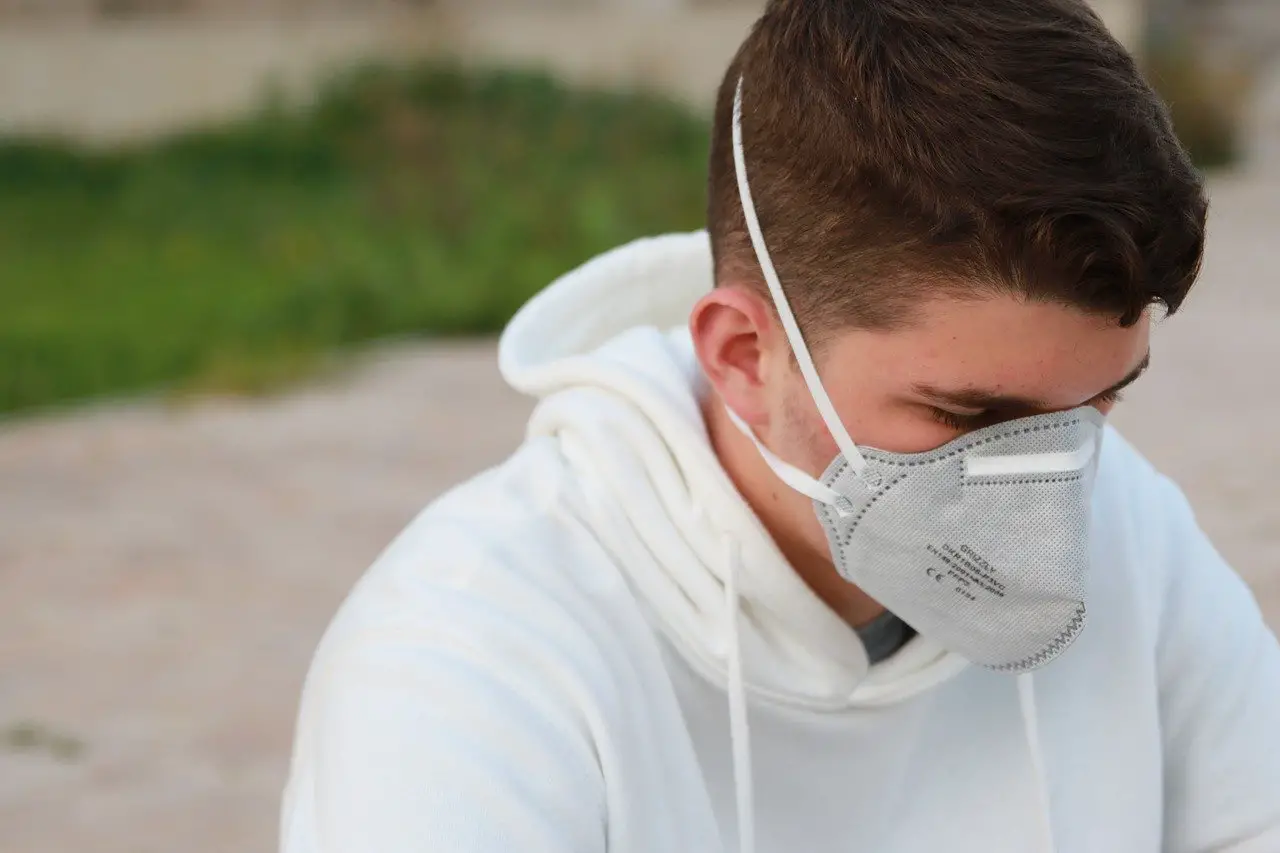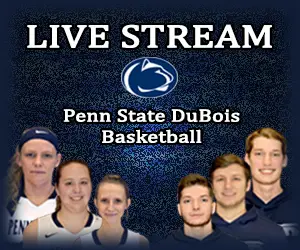
“To be or not to be, that is the question.” This simple line from Hamlet may translate in 2020 to: “To mask or not to mask, that is the question.”
It has certainly been a strange and difficult year for various different reasons.
Sports have been unique, to put it lightly, at every level. Some levels are still not playing sports at all. However, the PIAA made the decision to allow student-athletes to compete this fall. As of now, it appears they will compete this winter, as well.
Some school districts felt it was best to opt-out of both fall and winter competitions, but at least schools had the choice, and even some student-athletes had some choice if they wanted to play or not, as well.
There have been spectators restrictions along with rules implemented to wear masks. Spectators must wear masks at the games to stop the spread of COVID-19, but players were not required to wear masks during competition this fall.
However, that may be changing this winter with new restrictions implemented by Governor Wolf and company. Earlier last week, they proposed that this winter they would like every single person involved in the athletic competition to wear a mask.
Media members, players, coaches, trainers, staff, and fans are who they are saying must comply with these rules. However, the PIAA has been asking for further guidance on these mandates to clear up some gray areas. Similar to what happened earlier this year, the governor’s office has made it very difficult to get the answers that media members, parents, schools, coaches, and players all deserve.
Senator Scott Martin (R-District 13) released the following statement in response to the Department of Health’s new masking mandates and local concerns about how they apply to athletes while they are engaged in competing:
Like many of the Wolf Administration’s mandates during COVID-19, the new masking requirement lacks clarity and has created a great deal of confusion. After months of professional, collegiate, high school, and youth sports operating safely and responsibly with local control, some since June, it is troubling that we are returning to an environment in which the Department of Health is applying one-size-fits-all mandates to our communities without consulting with local officials, lawmakers, parents, athletes or anyone else outside of their own echo chamber.
The fact that these requirements apply to high school, collegiate and youth sports, but not professional sports, is equally puzzling. There is no data that I am aware of that says high school football players are more likely to spread COVID-19 than athletes playing the same sport in the NFL. In fact, the data suggests the opposite: while a few NFL games have gone on in spite of positive COVID-19 tests, local officials have responsibly rescheduled or cancelled games in which there were concerns about the spread of the virus.
The masking requirement could also pose a safety concern for student-athletes who have certain health conditions, could impair their breathing or interfere with their equipment, or the potential risk of other injuries. To my knowledge, there has been no guidance from the Wolf Administration on that issue.
The fact that we have a mask mandate in place that exempts pro athletes, but applies to high school swimmers while they are in the pool is just another example of the Wolf Administration’s inconsistent, not well-thought out approach to COVID-19 mitigation. I am calling on the Wolf Administration to carefully revise its guidance and restore the principle of local control so our student athletes, coaches and parents can have faith in the information they are being given. They can start by timely answering the inquiries of the PIAA and working with others locally or in the General Assembly.
According to the PIAA’s Bob Lombardi, he believes that schools should continue to follow the mask mandate. However, he said each school should make their own decisions on masks based on consulting with their respective school district’s solicitor.
In professional sports, the Steelers have said they are not abiding by similar restrictions as the PIAA is proposing to enforce now. To say the least, the governor’s office has done a very poor job of communicating with the general public on if these new proposed ideals will be enforced or if they are recommendations.
On November 18, at the PIAA Board of Directors’ meeting, the board discussed the newly modified mask and face coverings order from the Secretary of Health.
The PIAA is currently encouraging schools to evaluate the order and discuss with their school solicitor if their schools would comply with an exception in section 3-A of the order.
These sorts of unknowns are nothing new in a year like 2020. However, it is very difficult to comprehend why there has been a lack of clarity from the Pennsylvania governor’s office on so many issues in high school sports.
Moving forward, it will be interesting to see what, if anything, is enforced by law or mandate.
Will officials, players, and coaches be forced to wear a mask at every practice and every game? Could we see various student-athletes opt-out of playing because of these restrictions? Are schools going to opt out of sports as a district? These are all relevant questions, and it will be truly interesting to see how winter sports play out in the state of Pennsylvania this school year.












